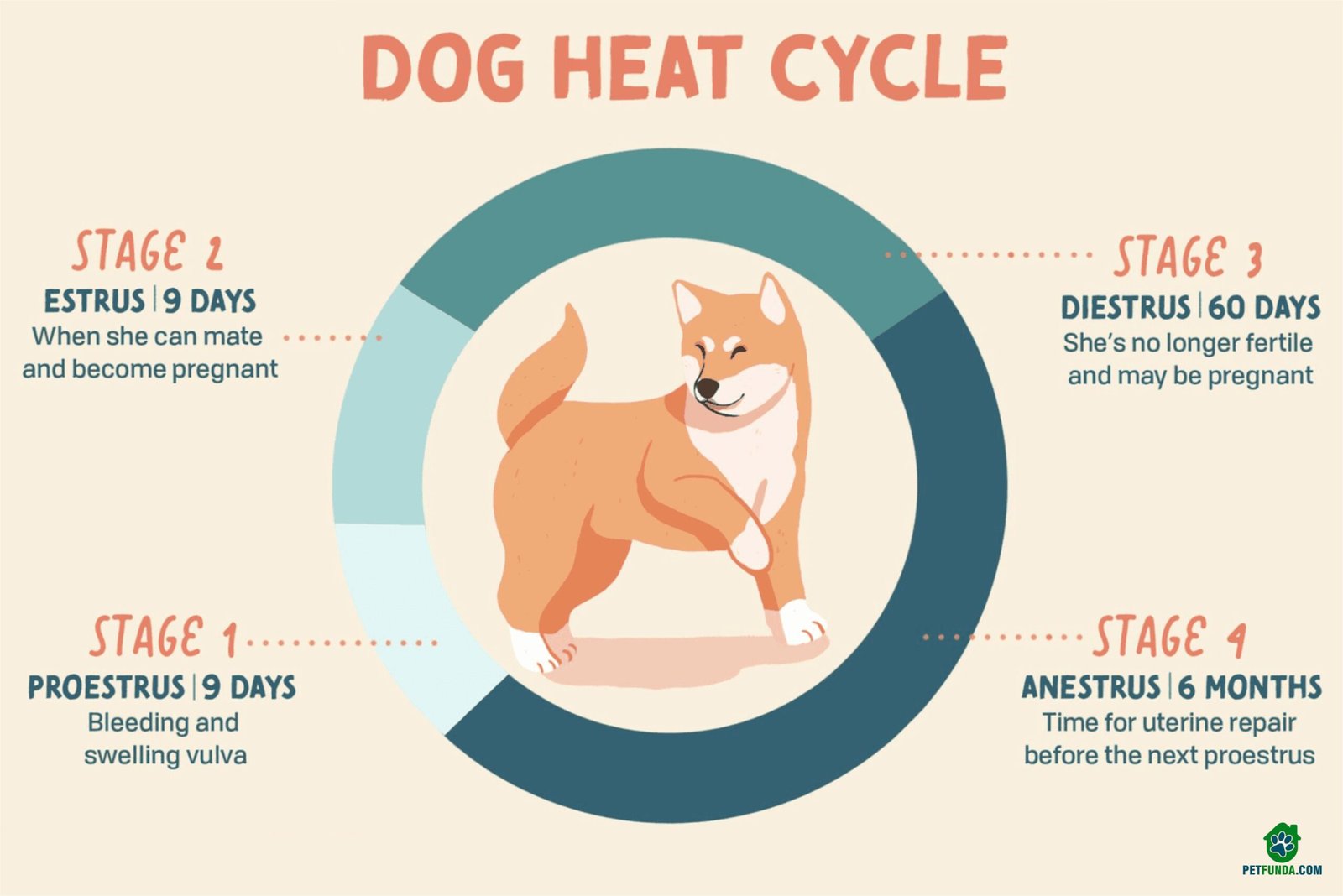As the monsoon season begins, your furry companions might face the risk of encountering ticks and fleas, which can be detrimental to their health and well-being. Ticks and fleas are pretty common parasites that end up thriving in humid and wet conditions making the monsoon a perfect breeding ground for them. In this guide, you can learn everything about addressing the ticks and fleas in your furry friend during the monsoon season symptoms and the methods to get rid of them.
Impact Of Ticks And Fleas On Your Dog During The Monsoon Season
The Ticks and fleas are notorious for causing different health issues in your dog, especially during the monsoon season. They are parasitic pests, and they cause discomfort and also pose severe health risks. They end up feeding on your furry friend’s blood leading to anemia and weakening their immune system. Moreover, ticks can transmit harmful ailments like Lyme disease, while fleas can cause flea allergy dermatitis and transmit tapeworms, so it is very important for you to address the ticks and fleas instantly to ensure the well-being of your canine companion.
The Symptoms Of Ticks And Fleas In Dogs
- If your dog is infested with ticks and fleas, then you can find it scratching excessively due to the irritation caused by the parasite’s bites for
- Infestations of ticks and fleas can lead to red and irritated skin, especially in areas where the parasites are more prevalent, like the neck, ears, and tails.
- Frequent scratching and itching might lead to hair loss, creating patches of thinning fur on your dog’s coat.
- The black specs, often known as the flea dirt, would be visible on your dog’s skin or port. These specs are actually flea feces and are a clear sign of infestation.
How Can You Check For Your Dog For Ticks And Fleas?
To ensure early detection and prompt treatment, you’ll need to check for ticks and fleas regularly.
- By running your fingers thoroughly through your dog’s fur and paying close attention to the neck, armpits, and tail, you can check if your furry friend has ticks or fleas.
- You can use a fine-tooth flea comb to comb through your dog’s fur and check for any signs of parasites or flea dirt.
- Here it would be best if you also looked for any redness, swelling, or irritation on your dog’s skin, as this can be an indicator of tick or flea bites.
How Can You Get Rid Of Ticks And Fleas From Your Dog?
- You can use a veterinarian-approved Flea tick medication. You need to first consult with your doctor to find the right medication for your dog, and these treatments are available in different forms like topical applications or oral tablets, or even collars,
- It would be best if you regularly vacuumed your home, like carpets, rugs, and furniture, to eliminate any eggs or larvae besides adult fleas hiding in your living space.
- It would be best if you washed your dog’s bedding frequently in hot water to eradicate any ticks or fleas residing in them.
- You must consider treating your yard with pet safety products to eliminate all the ticks and fleas from your outdoor space while minimizing the risk of flea infestation.
Home Remedies To Keep The Ticks And Fleas Away From Your Dog
No doubt commercial insecticides are available, but you can also use natural remedies to keep the ticks and fleas away from your dog.
- You can use natural shampoos specially designed to repel the ticks and fleas. Some ingredients like neem oil lavender oil and citrus extracts have natural insect repellent properties. You just need to dilute these oils in water and use them as a final rinse after shampooing your dog.
- Create a natural flea and tick spray by mixing equal parts of apple cider vinegar and water. You need to spray the solution on your dog’s coat avoiding the eyes and ears. The strong smell of apple cider vinegar repels the fleas and takes.
- Make an herbal flea collar by soaking a regular dog collar in mixture of essential oils like lavender or tree tea oil. You need to allow the caller to dry and then put it on your dog to keep away the ticks and fleas.
- You can also create a homemade tick and flea spray by combining important essential oils like lavender peppermint and lemon with water. Pour this mixture into a spray bottle and mist your dog’s food before going outdoors.
- Boil a sliced lemon in water and let it steep overnight. You can use the lemon infused water as a final rinse after bathing your dog.
The Importance Of Simultaneously Treating Your Dog At Home
It is very important to treat your dog and your living space simultaneously to achieve eradication. There needs to be more than just treating your dog alone, as they can still encounter some ticks and fleas from the environment. At the same time, focusing only on your home might not eliminate the parasites present in your pet. So, combining both approaches ensure comprehensive protection for your dog and prevents the parasites from reestablishing in your home.
Preventing Ticks And Fleas In Your Dog
- It would be best if you kept your dog on a leash during walks to prevent them from wandering in areas where ticks and fleas would thrive.
- Regularly apply a veterinarian-approved flea and tick repellent on your dog to keep away all the parasites.
- Always consider employing pet-safe products to treat your yard and create a tick and flea-free environment for your dog to roam freely.
- You should check your dog for ticks and fleas regularly to detect any infestation in time.
- It would be best if you considered using natural remedies to repel the ticks and fleas from your dog. Essential oils like peppermint have inspected rippling properties, and you can dilute a few drops of these oils and water and spray them on your dog’s coat to avoid their face and eyes.
- Consider giving your dog an herbal path using natural flea-repelling herbs like Rosemary or chamomile. You need to boil the herbs in water and allow it to cool, and then pour the herbal infusion over your dog while massaging the same in their fur. This will help in repelling the ticks and fleas and also soothe their skin.
- Be cautious about wild animals that might carry ticks and fleas. You should limit your dog’s contact with wildlife to reduce the risk of infestations.
- If you have multiple pets, then you need to ensure that all of them are treated for ticks and fleas simultaneously. Treating only one pet quietly is effective if the others are carriers.
- Be especially vigilant during heavy monsoon time, with tick and flea infestations likely to occur during this time. You have to take care extra precautions during this time to protect your dog.
You must know that preventing tick and flea infestations in your dog is important for your dog’s health and well-being but also for your family’s safety ticks and fleas can pose a lot of health risks to humans, so protecting your furry friend also helps in protecting your home environment.



